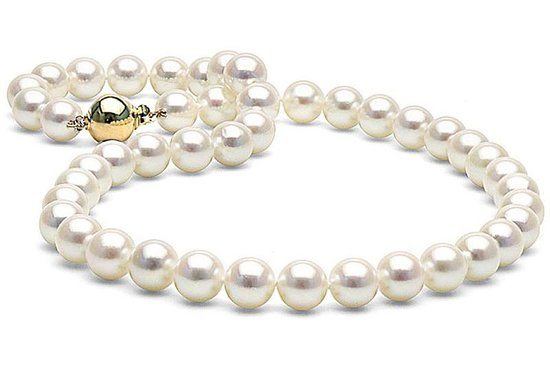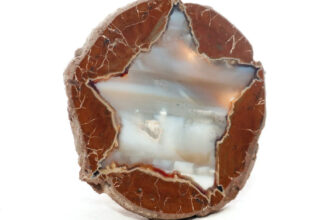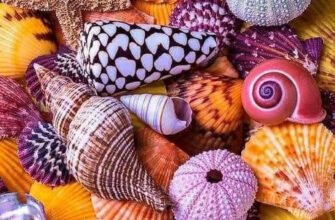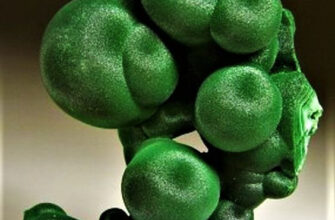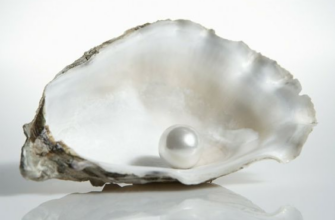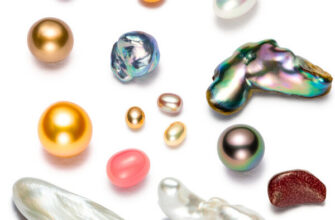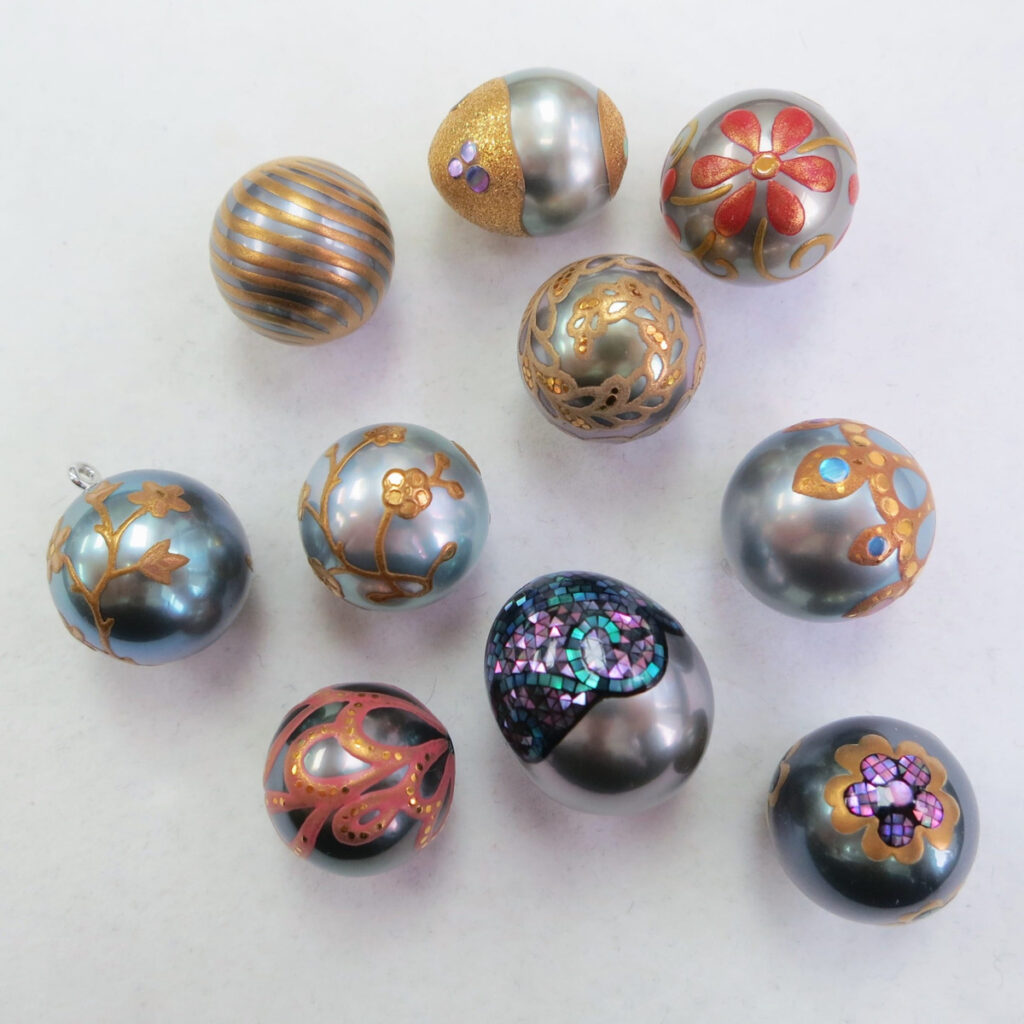It's time to talk about white, perfect pearls. I was so carried away by stories about pearls of exotic shapes and shades that I completely forgot about the pristine beauty of white pearls. Yes, black, iridescent or purple pearls are attractive, spectacular, but only white pearls are in harmony with the charm of femininity. This article is dedicated to the most sought after pearl in the world - Akoya.
Description of Akoya pearls
Akoya pearls are usually small in size, with excellent brilliance and a perfect spherical shape.
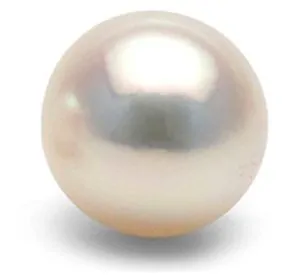
Akoya pearls are named after the Akoya pearl oyster known as Pinctada fucata.
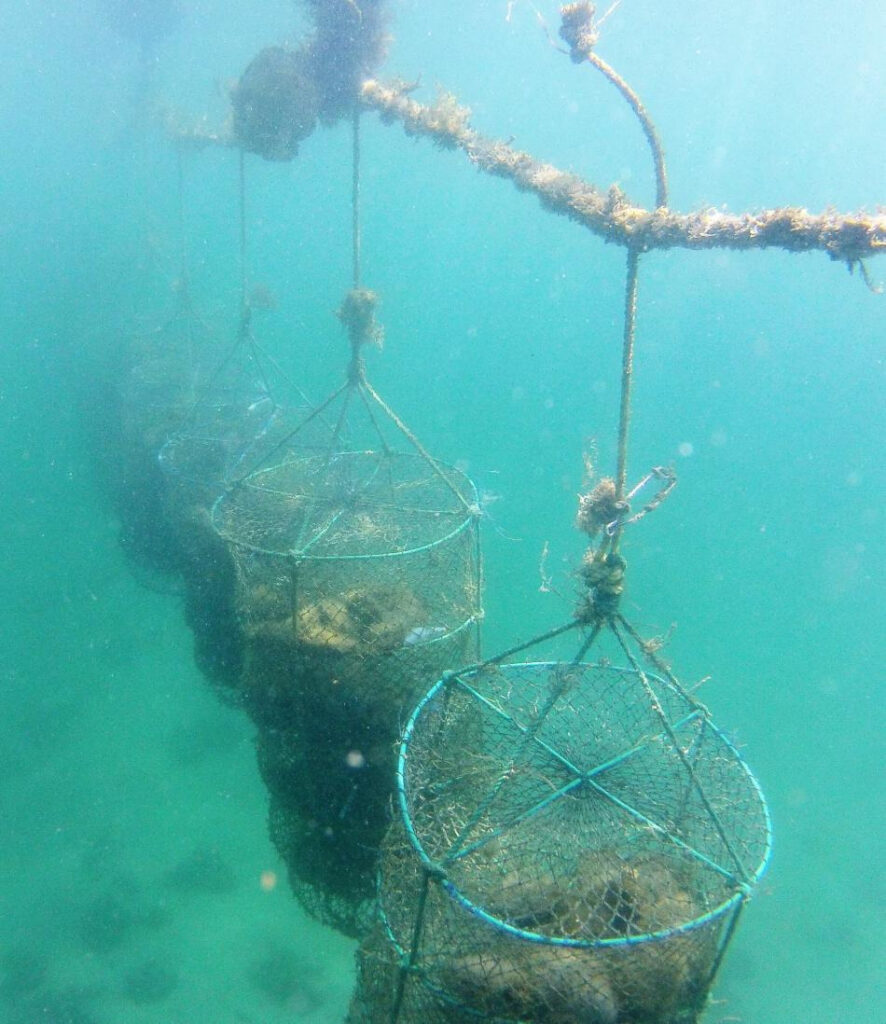
pearl farm
Akoya pearls are grown in the salt waters of Japan, China, Korea and Vietnam. But the best Akoya pearls come from Japan.
You, of course, know the name of the legendary Mikimoto Kokichi father of cultured pearls. Akoya pearls were the first to be grown in the 1920s by this unique individual. The cultivation of Akoya pearls revolutionized the pearl industry, lowering prices and making pearls available to everyone for the first time.
Mikimoto Jewelry with Akoya Pearls:

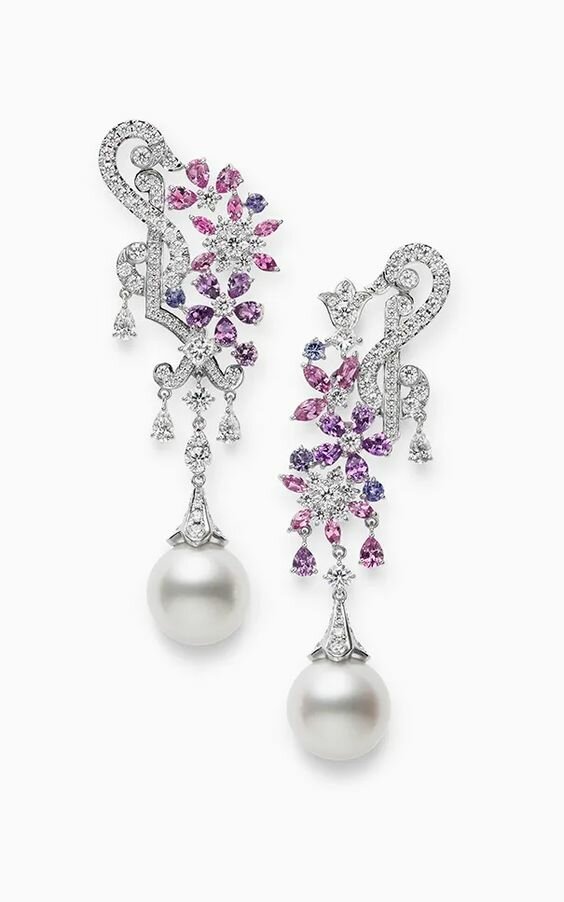

Today, all Akoya pearls on the market are cultured. The process, from preparing the Akoya pearl to "harvesting," can take about a year and a half.
However, less than 5% of pearls will be of gem quality.
While a freshwater mussel can hold up to 50 pearls at a time, Akoya oysters typically only produce about 2 pearls at a time. They only germinate once, unlike the hardy freshwater mussels, which can germinate multiple times.

Of all the shellfish that form pearls, the Akoya oyster is the smallest. To stimulate the growth of the pearl, experts embed a core of beads into the oyster. The protective mechanism of the oyster is triggered and the "irritant" stimulates the secretion of mother-of-pearl. Only about 50% of Akoya oysters survive the nucleation process. Over time, the oyster coats the beaded core layer by layer of mother-of-pearl, gradually forming a pearl. The longer the oyster takes to form a pearl, the larger, brighter and stronger it becomes.

In order for the perfect Akoya pearl to form, there must be the right conditions. This includes the temperature of the water as well as the pH balance of the water. As a result, Akoya pearls can only be grown in certain locations.
Colors and shades of Akoya pearls
Akoya pearls come in a variety of colors, although the most characteristic is white, gray, or cream with cream, pink, green, or silver hues.

Akoya pearls with a pink tint tend to be the most sought after as they have a beautiful hue and are very feminine.
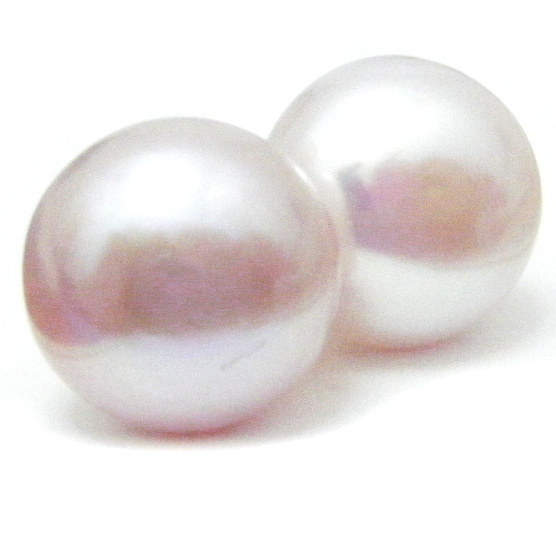
You can sometimes find blue Akoya pearls with a brilliant silver and pink hue, but they are very rare and quite expensive.
Black Akoya pearls are quite popular in the market, but it is important to note that they have been dyed to achieve this color.
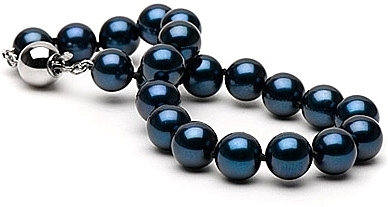
The only natural black pearl is Tahitian pearl, and all other varieties of black pearls get their color artificially.
Akoya pearl shapes

Because Akoya pearls are cultivated with a bead core, they are almost always round or nearly round in shape. This makes it easy to match pearls to form pearl strands or pearl bracelets. However, Akoya pearls are also found in irregular baroque and semi-baroque forms.
What size are akoya pearls
Since the Akoya oyster is the smallest pearl-producing creature in the world of pearl cultivation, Akoya pearls are usually small in size. They range from 2mm to about 11mm, with most being between 6mm and 8mm. Akoya pearls are also typically grown for 24 months, allowing for a short growth period.
Pearl Glitter Akoya
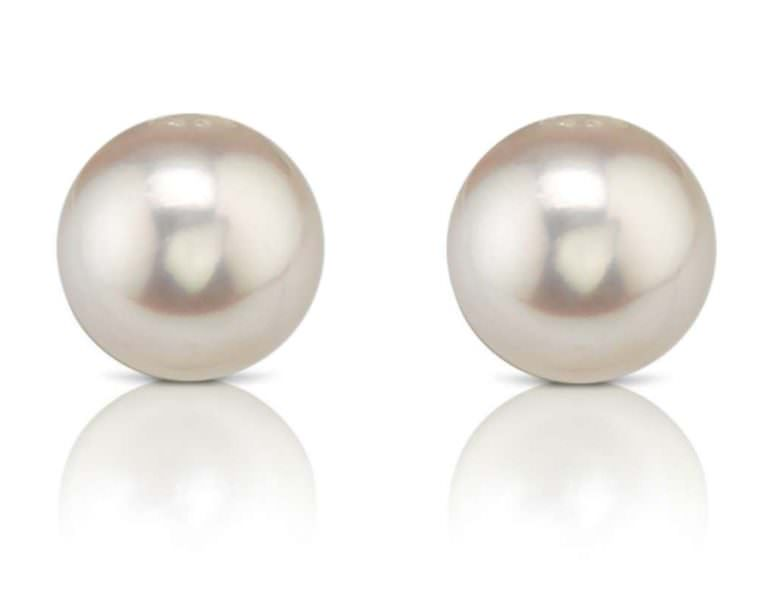
Luster is one of the most important aspects to consider when buying pearl jewelry and has a direct relationship with its value.
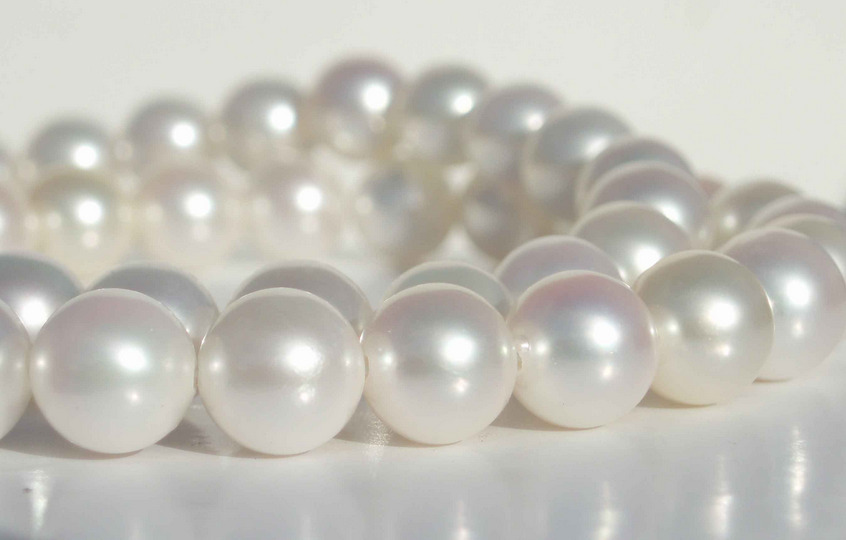
Akoya pearls tend to have excellent luster. There are many reasons why Akoya pearls shine so well, including the speed and style of the oyster's selection of mother-of-pearl, as well as environmental conditions.
Akoya pearl price
Top quality Akoya pearls can be very expensive, sometimes up to several thousand dollars. The price of Akoya jewelry also depends on the quality of the setting and craftsmanship.
Akoya pearls are the most affordable variety of saltwater pearls, but they are much more expensive than freshwater pearls.
How to care for Akoya pearls
Because pearls are very soft, they need to be well cared for. One of the best things you can do for your pearls is wear them regularly.
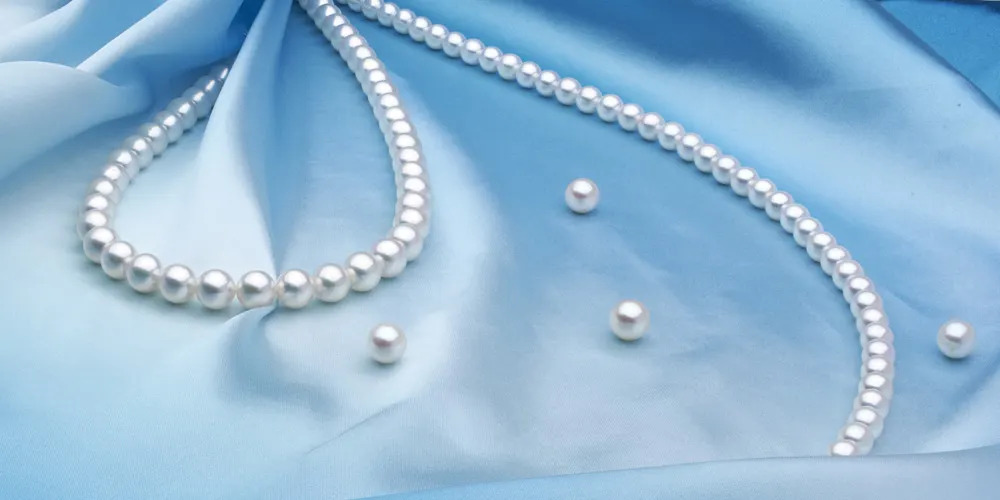
When cleaning pearls, always use a non-abrasive cloth, mild detergent, and warm water. Simply create a soapy solution and use a cloth to wipe dirt off the pearl, then rinse well under running water. Soaking pearls can damage the strand and mother-of-pearl.
Also avoid using harsh chemicals or ultrasonic cleaners.
When storing pearls, avoid direct sunlight or warm environments, as well as airtight containers or bags, as these can dry out the pearls, make them brittle and lose their color.

